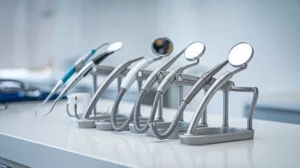
How to Choose the Best Dental Mouth Mirror for Oral Care
Picking the right dental mouth mirror might seem like a small task, but it’s actually pretty important for keeping your teeth and gums healthy. With so many options out there,
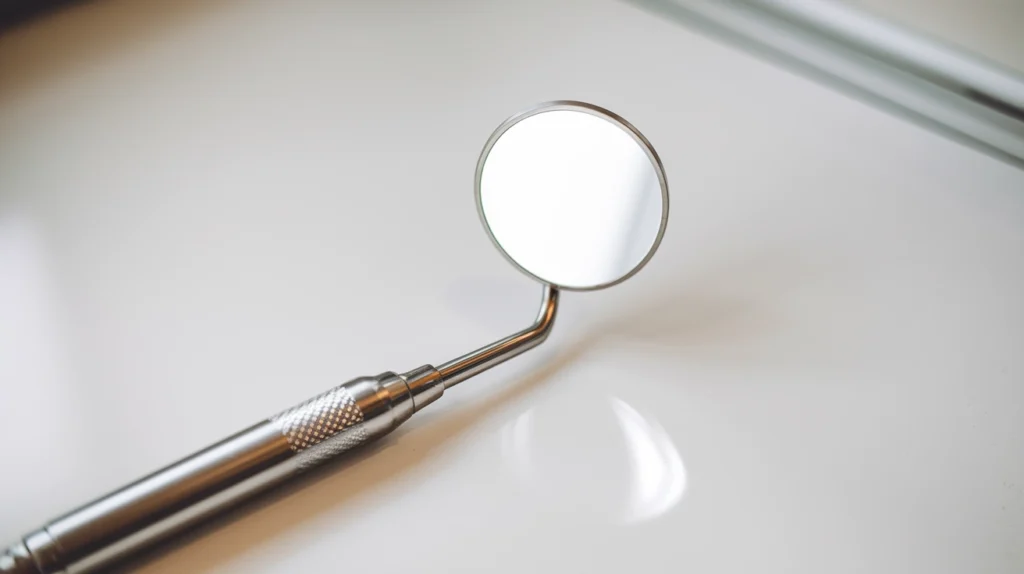
Hey there, dental pros! Ever wondered about the different types of mouth mirrors out there? Whether you’re a seasoned dentist or just starting out, knowing your tools is key. Mouth mirrors aren’t just tiny reflective surfaces; they come in various types, each with its own perks. Let’s break down the options so you can pick the right one for your practice. From front-surface to disposable mirrors, there’s a lot to consider. Ready to dive in? Let’s go!
Mouth mirrors are essential tools in every dental practice, offering a window into the patient’s oral health. Let’s break down the different types of mouth mirrors and what makes each unique.
Front-surface mirrors are a staple in the dental world. They have a reflective coating on the front, which means there’s less distortion and clearer reflections. This type of mirror is perfect for precise diagnostics, allowing dentists to see exactly what’s going on without any misleading reflections. They’re great for spotting cavities or checking the condition of fillings. If you’re looking for reliable options, consider the Dental Mirror Pro Scope which is designed to enhance dental examinations.
Concave mirrors are all about that indirect vision. They offer a magnified image, which can be super helpful when you’re trying to see around corners or into those hard-to-reach areas. It’s like having a little zoom-in button right in your hand. These mirrors are particularly useful for detailed work where precision is key. They help dentists get a better view of areas that might otherwise be hidden.
In today’s world, infection control is more important than ever. Disposable mirrors are designed for single use, which minimizes the risk of cross-contamination between patients. They’re typically made from lightweight materials and are easy to use. While they might not have all the bells and whistles of other mirrors, their role in maintaining a sterile environment is crucial. Plus, they’re convenient for busy practices that see a lot of patients every day.
In the realm of dentistry, mouth mirrors aren’t just tools; they’re integral to providing top-notch patient care. Choosing the right type for your practice can make a significant difference in the quality of care you deliver.
When it comes to dental tools, the handle design and material of mouth mirrors can make a big difference in a dental professional’s day-to-day practice. Let’s dive into the materials and designs that are most common.
Plastic handles are a popular choice for many dental practices. They’re lightweight, making them easy to maneuver during examinations. These handles are often disposable, which is a huge plus for maintaining hygiene and reducing the risk of cross-contamination. Disposable mouth mirror handles are made from lightweight plastic and intended for single-use, promoting hygiene and helping reduce the risk of cross-contamination in dental practices.
Metal handles, usually crafted from stainless steel or titanium, are known for their durability. These materials resist corrosion and can handle frequent sterilization without losing their integrity. The serrated texture of metal handles offers a secure grip, ensuring they won’t slip during a procedure. This makes them a reliable choice for many dental professionals.
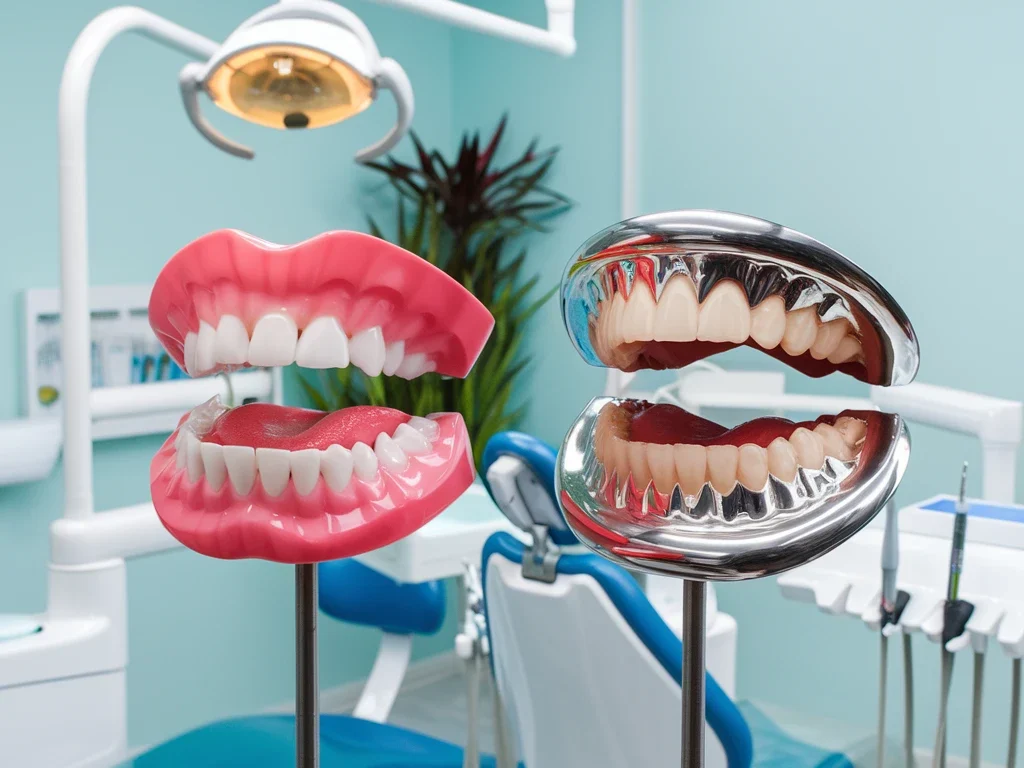
Ergonomic designs are all about comfort and control. These handles are shaped to fit naturally in the hand, reducing strain during long procedures. They often come with features like a non-slip grip, ensuring that the mirror stays steady even in the trickiest positions. Ergonomic handles are not just about comfort; they can actually improve the precision of dental work by providing better control.
Choosing the right mouth mirror handle is not just about preference; it’s about finding the right balance between functionality and comfort. Whether you opt for plastic or metal, or prioritize ergonomic features, the right handle can enhance your practice efficiency and patient care.
When it comes to selecting the right mouth mirror, dental professionals must consider several factors to ensure they meet their practice’s specific needs. The right choice can significantly impact the quality of care and diagnostic accuracy.
Choosing the correct type and size of a mouth mirror is essential. Dentists can choose from various types, such as front-surface mirrors, which offer clear reflections by reducing image distortion, and concave mirrors that provide a magnified image, useful for indirect vision. Disposable mirrors are also available for single-use scenarios to maintain high hygiene standards. Selecting the appropriate dental mouth mirror is crucial, as it allows dentists to weigh the advantages and disadvantages of various types before making a choice. The size of the mirror also plays a role; larger mirrors can offer a broader view, which can be beneficial during certain procedures.
The design of the handle is more than just about aesthetics; it’s about comfort and control during use. Ergonomically designed handles can reduce strain and fatigue during long procedures. Handles are typically made from either metal or plastic. Metal handles, often crafted from stainless steel, offer durability and resistance to corrosion. Plastic handles, on the other hand, are lightweight and disposable, ideal for single-use purposes. The choice of material can impact the overall feel and control of the instrument.
Cost is always a factor in any purchasing decision, but it’s important to balance it with quality. While high-quality mirrors may come with a higher price tag, they often provide better durability and performance, leading to long-term savings. It’s essential to consider the longevity and effectiveness of the mirrors you choose, ensuring they meet your practice’s needs without compromising on quality.
When selecting mouth mirrors, consider how they will fit into your practice’s workflow and budget. It’s a balance between investing in quality tools and managing costs effectively.
In summary, choosing the right mouth mirror involves evaluating the type, size, handle design, and cost. By carefully considering these factors, dental professionals can select the best tools to enhance their practice and provide top-notch care to their patients.
Keeping your mouth mirrors in top shape starts with regular cleaning. After every use, make sure to clean the mirrors gently with a non-abrasive solution. This helps in removing any debris or stains without damaging the reflective surface. Avoid harsh chemicals as they can ruin the mirror’s coating. Consistent cleaning not only extends the life of your mirrors but also maintains their clarity for accurate diagnostics.
Sterilization is key to preventing contamination and ensuring patient safety. There are several ways to sterilize mouth mirrors, with autoclaving being the most effective. For mirrors sensitive to heat, chemical sterilization can be a good alternative. It’s essential to choose the right method based on the mirror’s material and design.
Mouth mirrors should be inspected regularly for any signs of wear and tear. Look for scratches, chips, or any loss of reflectivity. If you notice any of these, it’s time to replace the mirror. Here’s a quick checklist for inspection:
Regular maintenance and timely replacement of mouth mirrors are crucial for ensuring they perform effectively during dental procedures. Keeping a close eye on their condition helps in maintaining high standards of care in your practice.
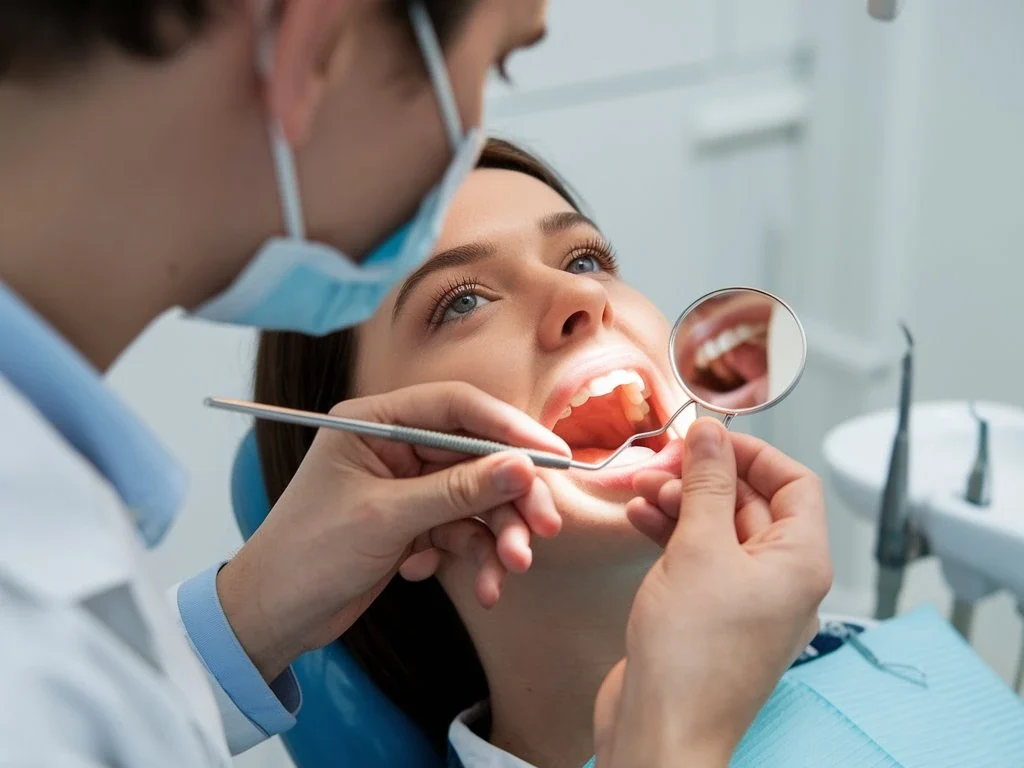
Mouth mirrors are a staple in dental exams because they provide a clear view and light up the dark corners of the mouth. They make it easier for dentists to see what they’re doing, which is super important for spotting problems like cavities or gum issues. With the right mirror, you can get a good look at the teeth and gums without having to twist your neck into weird positions.
Another cool thing about mouth mirrors is that they help pull back the cheeks and tongue, giving dentists better access to hard-to-reach spots. This is especially handy when they’re working on back teeth or trying to get a good look at the gums. Plus, it saves the dentist from having to constantly ask the patient to “open wide” or “move your tongue.”
Using a mouth mirror can really boost the accuracy of a dental checkup. These mirrors help dentists catch issues early, like tiny cavities or the beginnings of gum disease, which might be missed otherwise. Catching these problems early means they can be treated before they turn into bigger, more painful issues. It’s like having an extra set of eyes that can see around corners, making sure nothing gets overlooked.
Mouth mirrors are like the unsung heroes of dental exams, quietly doing their job to make sure everything goes smoothly and nothing gets missed. They’re simple tools, but they make a big difference in keeping our mouths healthy.
Dental professionals know the frustration of a fogged-up mirror during an exam. It’s like trying to drive through a foggy windshield—annoying and inefficient. That’s why anti-fog coatings have become a game-changer in dental tools. These coatings keep the mirror clear, even in the steamiest of mouths. Plus, scratch-resistant coatings ensure the mirror stays smooth and free from marks, providing a consistently clear view for accurate diagnostics.
When it comes to mouth mirrors, clarity is everything. Recent advancements have made these mirrors even sharper and more reflective. High-definition mirrors are now available, offering unparalleled clarity that helps dentists see even the tiniest details. This means better detection of cavities, cracks, and other issues that might have been missed before.
In today’s world, sustainability is key. Dentists are moving towards eco-friendly mouth mirrors that are either recyclable or made from sustainable materials. Some companies are developing biodegradable options, which is a big step forward in reducing dental waste. It’s not just about being green; it’s about making choices that are good for the planet and the practice.
As dental technology advances, it’s not just about improving tools—it’s about enhancing the entire patient experience while being mindful of our environmental impact.
These innovations are not just about keeping up with trends. They’re about making dental practices more efficient, accurate, and sustainable.
So, there you have it. Mouth mirrors might seem like a small part of the dental toolkit, but they play a big role in making sure everything runs smoothly in the dentist’s chair. From the different types like front-surface, concave, and disposable mirrors, to the importance of proper care and handling, these tools are essential for any dental professional. They help dentists see those tricky spots, keep things clean, and make sure patients get the best care possible. Whether you’re a seasoned pro or just starting out, knowing your mouth mirrors inside and out can make a world of difference in your practice. Keep them clean, handle them with care, and they’ll serve you well for years to come. Thanks for sticking around and happy dental exploring!
Dentists use several types of mouth mirrors, including front-surface mirrors for clear reflections, concave mirrors for better indirect vision, and disposable mirrors for infection control.
Front-surface mirrors are preferred because they have a reflective coating on the front, which reduces image distortion and provides clear and accurate reflections.
Concave mirrors are great for indirect vision because they let dentists see around corners and into hidden areas of the mouth, making it easier to examine hard-to-reach spots.
Disposable mirrors are important for infection control. They are single-use, which helps prevent the spread of germs between patients.
Mouth mirrors should be cleaned with non-abrasive solutions and sterilized before each use to prevent contamination. Regular inspection for damage is also important to ensure they work properly.
Mouth mirrors help dentists see inside the mouth, reflect light, and move soft tissues like the tongue or cheeks for better access, making them essential for accurate diagnosis and treatment.

Picking the right dental mouth mirror might seem like a small task, but it’s actually pretty important for keeping your teeth and gums healthy. With so many options out there,
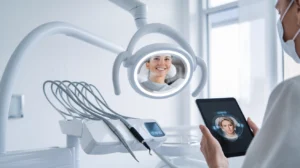
Dental mirrors have come a long way. From simple reflective tools to sophisticated gadgets, they play a key role in modern dentistry. With constant innovation in dental mirrors, these aren’t
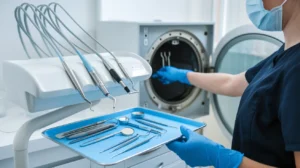
Hey there, dental pros! Today, we’re diving into something super important but often overlooked—how to properly mouth mirror sterilization. If you’re in the dental field, you know these little tools
At The Surgical Kit, we are committed to providing healthcare professionals with the finest tools to ensure precision and safety in every procedure.